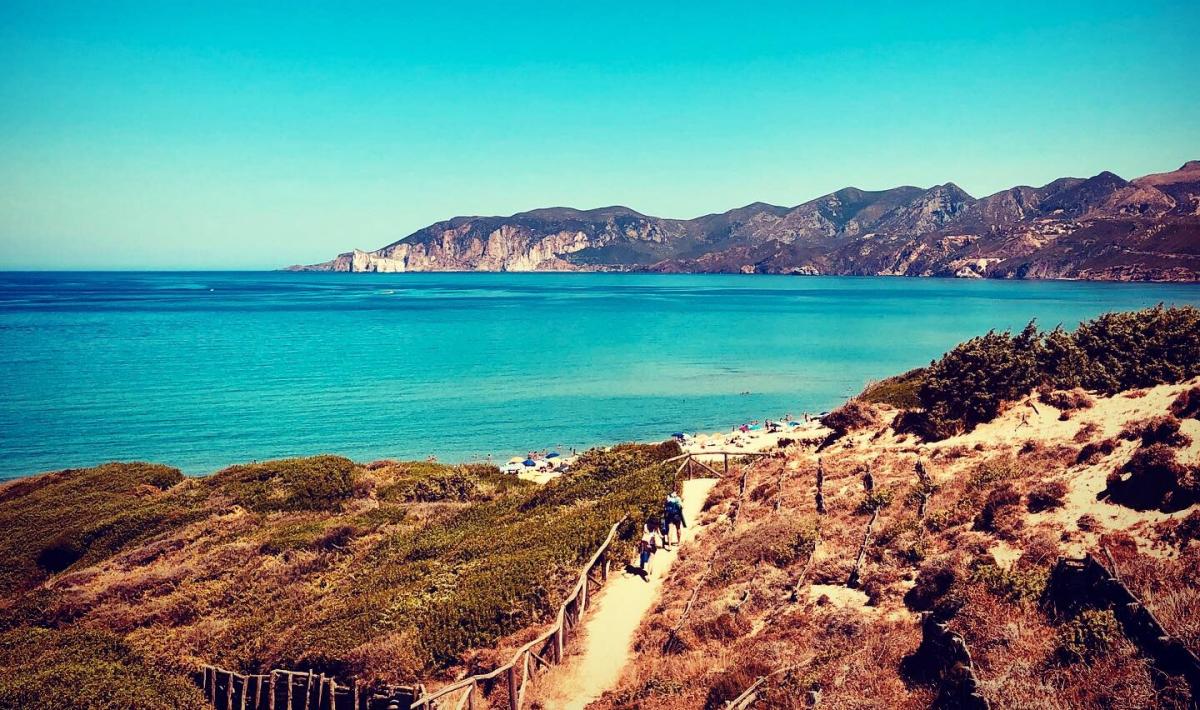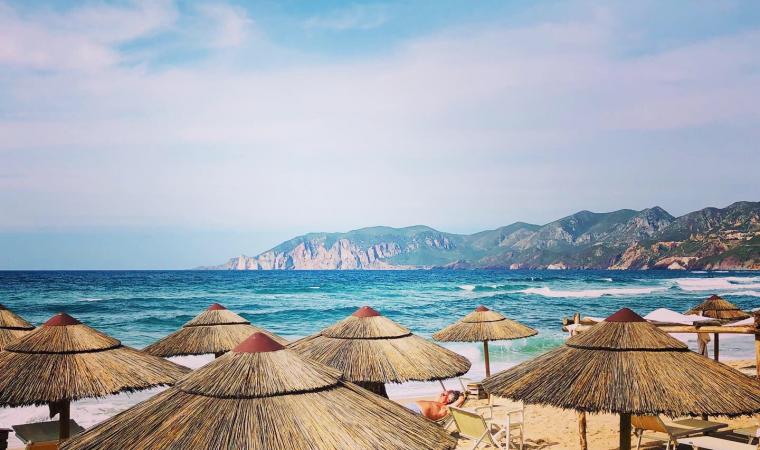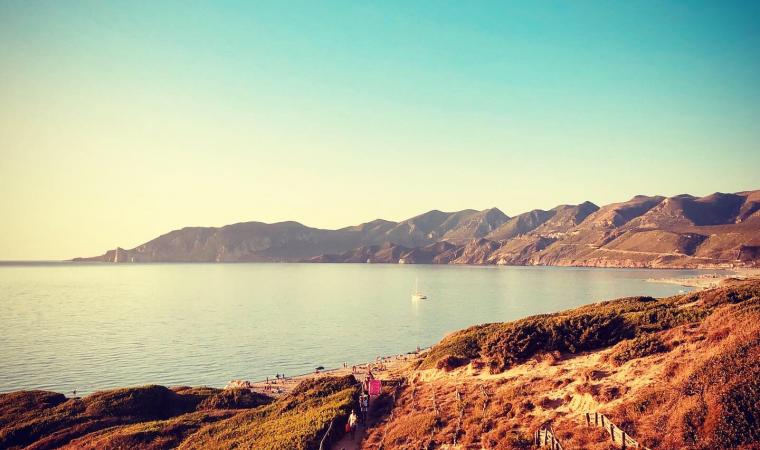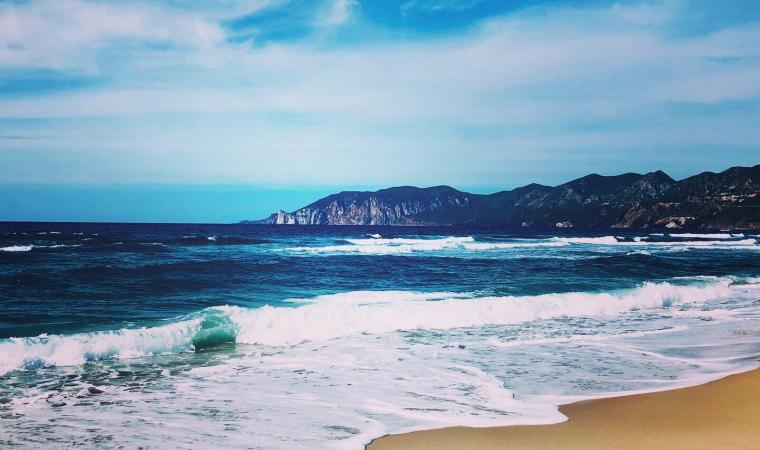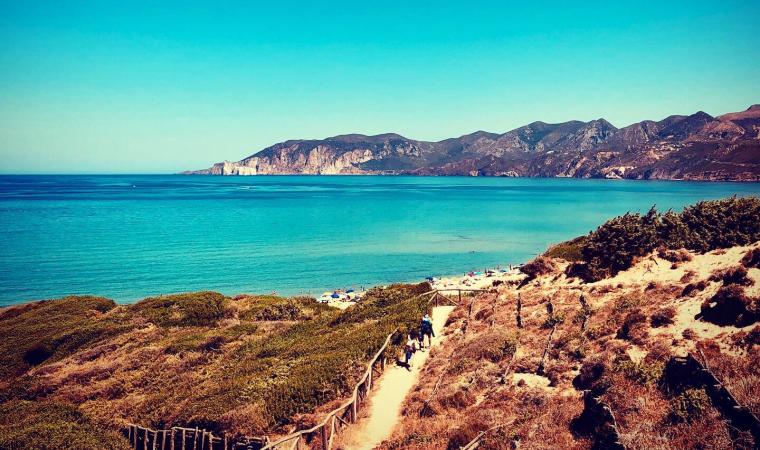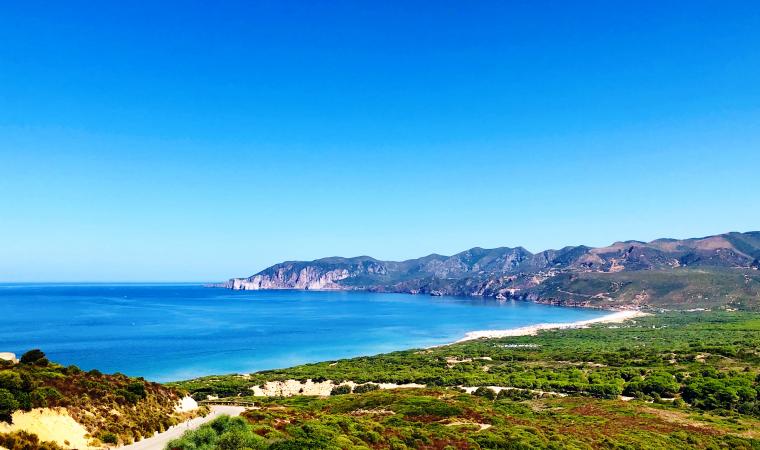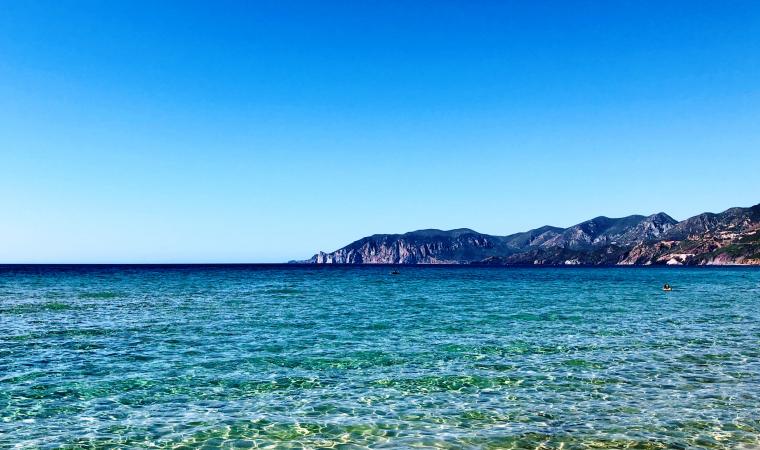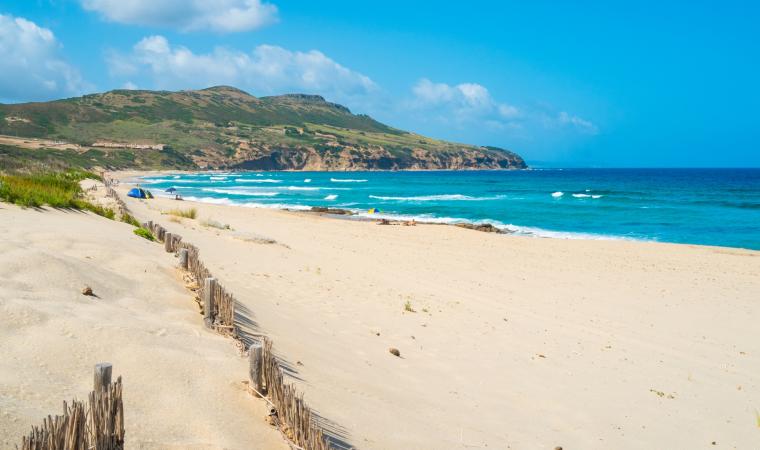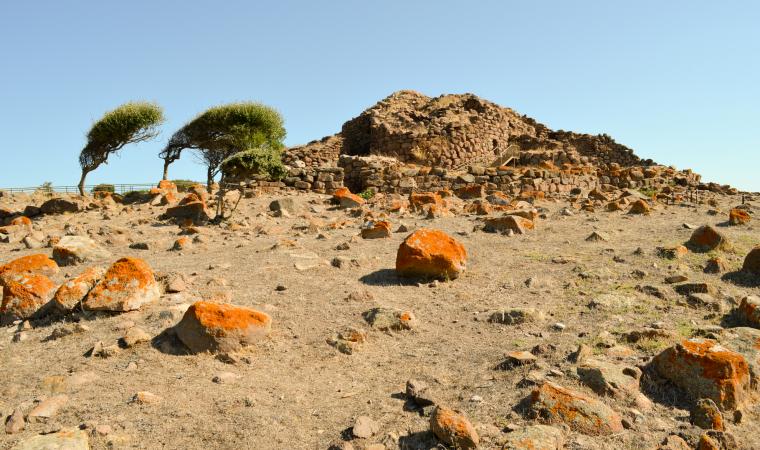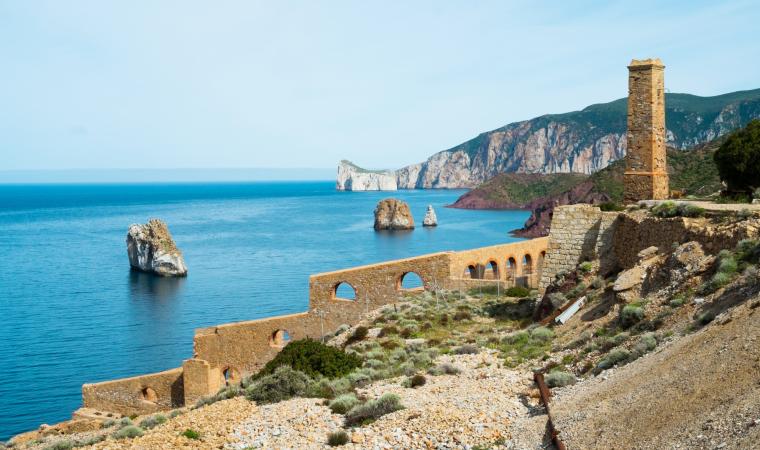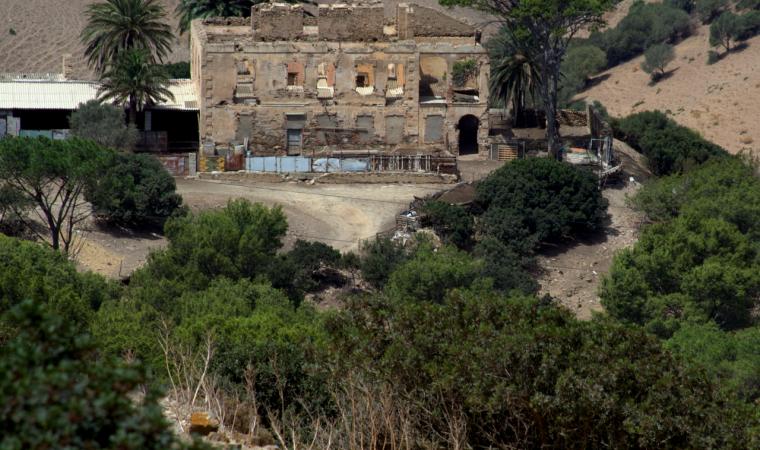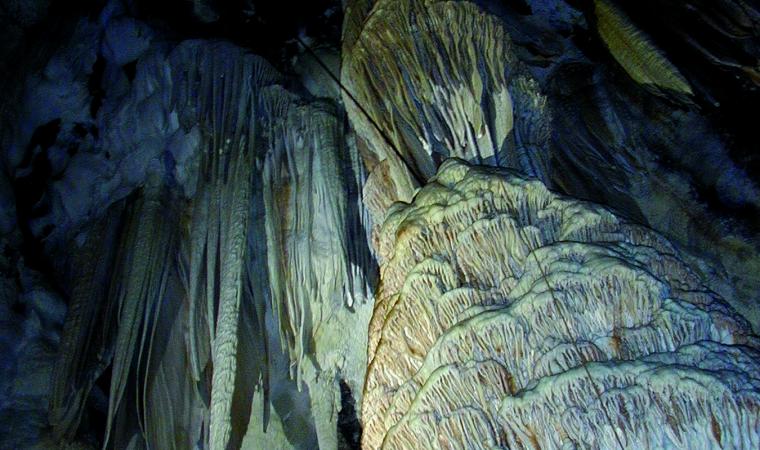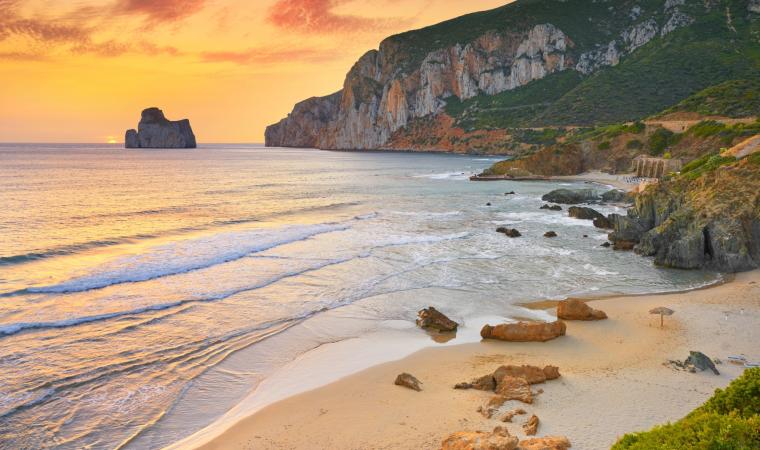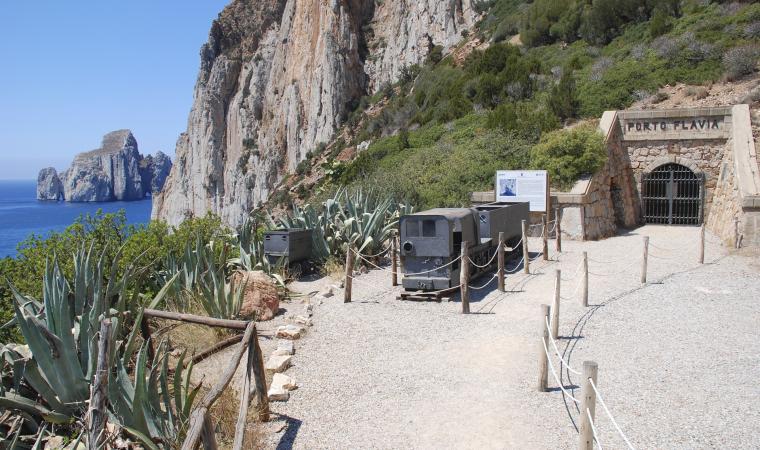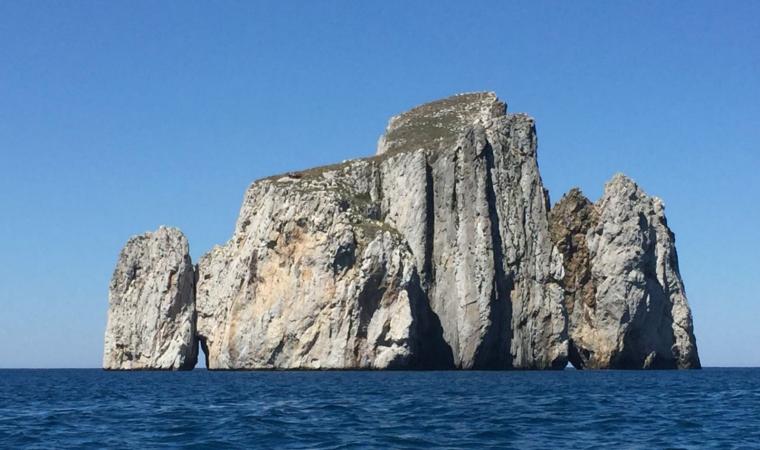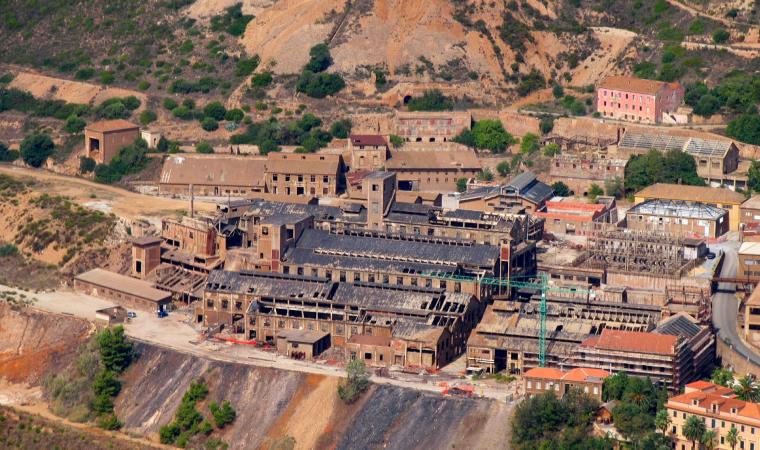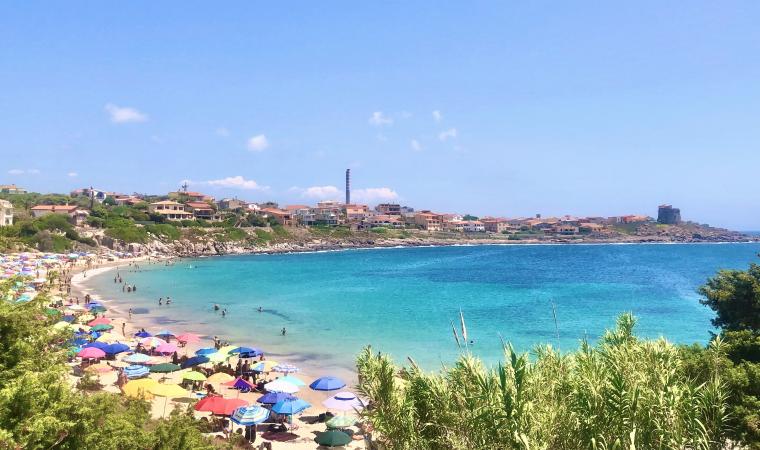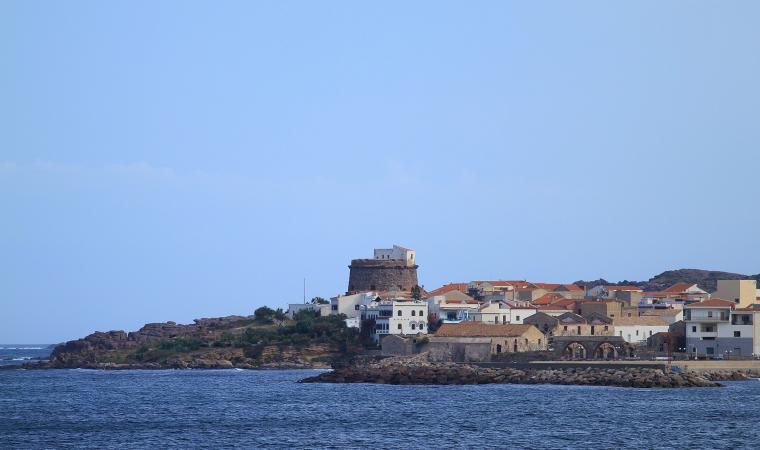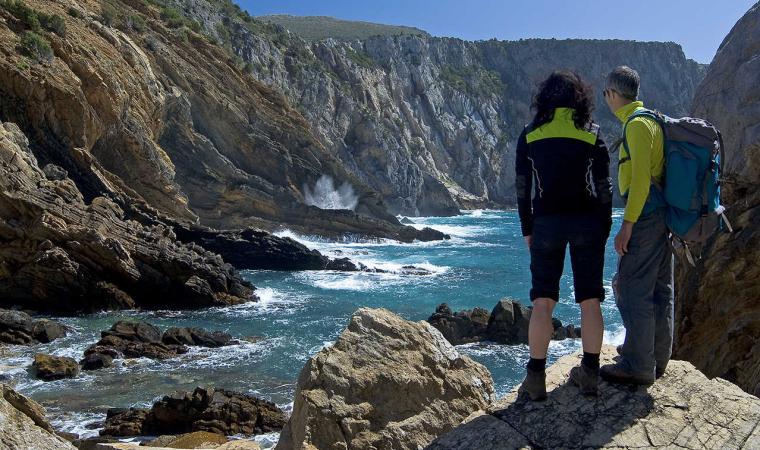A wonderful oasis ideal for all tastes, from those who love relaxing in nature and romantic atmospheres to sea sports enthusiasts. The marina of Gonnesa is an enchanting, endless expanse of soft, firm sand with a beautiful golden-amber colour within the Golfo del Leone (or of Gonnesa). The beach is wide and three and a half kilometres long, offering picture postcard views: fossil dunes covered with Mediterranean greenery and the surrounding landscape of colours ranging from beige to reddish, contrasting with the white sand and the iridescent sea with its shades of emerald green and blue. Although the sandy expanse is unique and seamless, you will hear talk of ‘beaches’ - in fact, there are four parts, corresponding to the same number of access points to the beach. Each stretch is beautiful and is identified as a beach in itself, with its own name and its own distinctive features: Porto Paglia, Punta s’Arena, Plag’e mesu and Funtanamare.
The southernmost part of the marina is Porto Paglia, which gets its name from the ancient tuna fishery dating back to the 18th century and, for two centuries, one of the most productive in the Mediterranean. The impressive complex formed by the dwellings of the tuna fishermen and the dock, which was renovated and used as a tourist village at the end of the twentieth century, dominates the promontory south of the gulf. The beach is about half a kilometre long and has light sand with hints of gold and pink streaks due to the minerals mixed in with it. Scattered here and there on the shoreline, you will see trachyte rocks. The seabed is sandy for long stretches, then it gets deeper with pebbles. Currents and winds often agitate the clear waters, so the beach is much loved by kite and wind surf enthusiasts in search of waves.
Porto Paglia, the ‘pearl’ of Gonnesa, is the boundary between the Iglesiente and Sulcis coasts, where the elevations extend to the sea, with green limestone cliffs. The sandy shore is preceded by a stretch of wild coastline, with pebbly coves framed by trachyte rock faces overlooking the sea, similar to those of the Island of San Pietro and once crossed by the railway line that connected the Iglesiente mines to Portovesme. Right here, at the southernmost tip of the beach, highly appreciated by those who go underwater fishing and diving, the chiesetta della tonnara (little church of the tuna fishery), which was built directly on the rocks, stands out in a surreal context. A short walk on the rocky outcrops will take you to it at low tide. It is the only one in Sardinia that can be accessed directly from the sea: boats can be anchored at the small quay of the churchyard. Along the path, you will also see the ruins of a tower built under Spanish dominion to defend the southwestern coasts from pirate raids. In addition, hawks nest in the sandstone ravines surrounding the beach. On a beach suited to people who love relaxation and unspoiled nature, there is no shortage of services: you will find refreshment areas and bathing establishments directly on the beach, where you can rent beach umbrellas and sun loungers.
Plag’e mesu, or ‘middle beach’, as the name implies, is the central stretch of beach in the gulf, a huge strip of fine, golden sand, which is never crowded, even at the height of summer. The northernmost beach is Fontanamare, delimited by cliffs and by the ruins of the mining port. Here, you can admire the dunes of Gonnesa, shaped by the northwesterly wind, making it one of the Sardinian coastal stretches most frequented by surfers. Just beyond the gulf, the limestone rock known as Pan di Zucchero stands out and is the tallest rock in Europe, rising majestically out of the water. Close to the beach you can relax in a pine forest, alongside the marsh of sa Masa, where rare aquatic birds dwell, among which the western swamphen, and is a paradise for birdwatching enthusiasts.
From Iglesias and Gonnesa, you can reach the marina by first taking state road SS 126 and then scenic route 108 towards Portoscuso, along which you will find a detour taking you to the village of Porto Paglia. From the large car park, you can get to the beach via a flight of steps.

